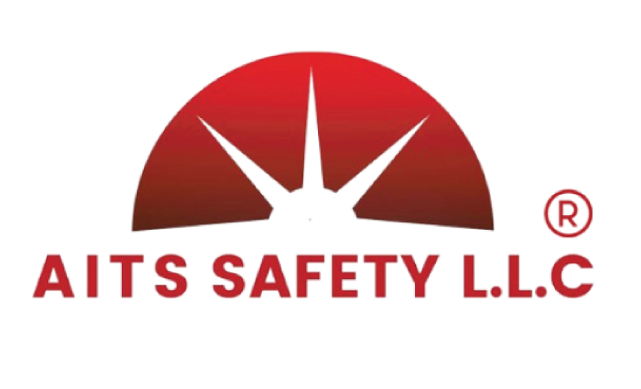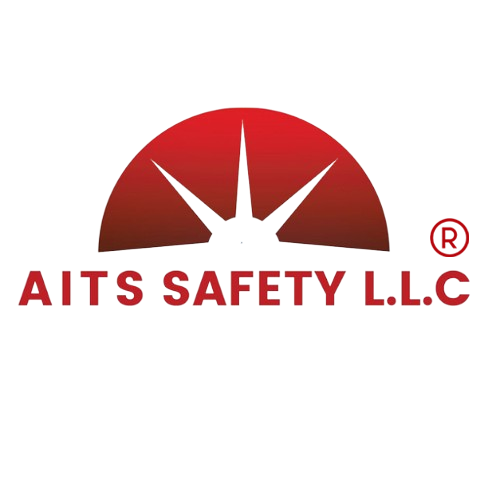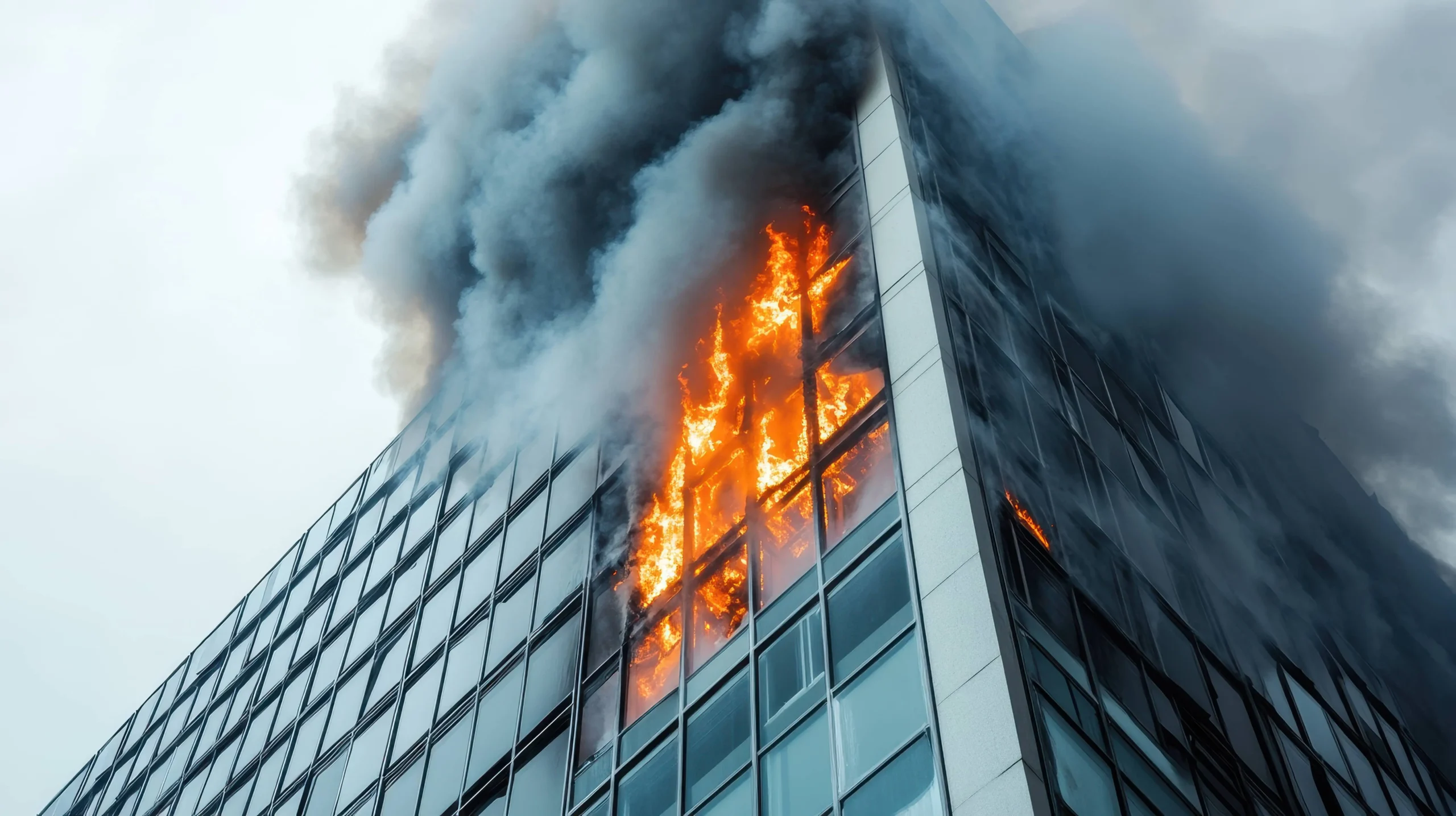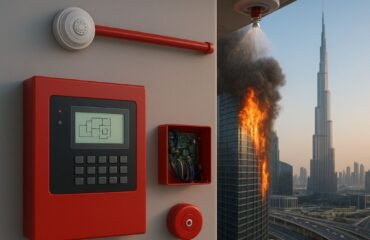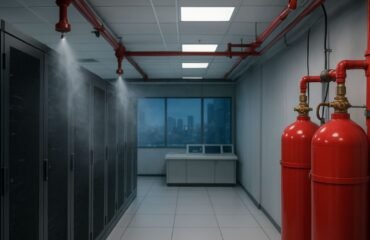Top 10 Common Fire Hazards in Buildings and How to Prevent Them
Fire safety is an essential component of building management that is frequently neglected until a crisis occurs. Recognizing common fire hazards can help protect lives and safeguard property. In this blog, we will discuss the top ten fire hazards and effective prevention strategies.
1. Faulty Electrical Wiring
Hazard:
Old or damaged electrical wiring is one of the leading causes of fires in buildings. Frayed wires, overloaded circuits, and improper installations can all create sparks or shorts.
Prevention:
– Regular Inspections: Hire a qualified electrician to inspect your wiring at least once a year.
– Avoid Overloading Circuits: To prevent electrical hazards, limit the number of devices connected to a single outlet and opt for power strips with built-in overload protection.
– Upgrade Older Systems: Consider upgrading to modern wiring if your building is older.
2. Combustible Materials
Hazard:
Stored combustibles, such as paper, cardboard, and other flammable materials, can ignite easily if placed near heat sources.
Prevention:
– Proper Storage: Store flammable materials in specified locations, making sure they are kept away from any sources of heat.
– Maintain Cleanliness: Regularly clean up clutter and dispose of waste materials properly.
– Use Fire-Resistant Containers: Store hazardous materials in fire-resistant cabinets.
3. Unattended Cooking Equipment
Hazard:
Kitchens are high-risk areas for fire hazards. Unattended cooking equipment can lead to grease fires or ignited kitchen appliances.
Prevention:
– Stay Attentive: Always supervise cooking food and avoid leaving it unattended.
– Use Timers: Set timers to remind you to check on your cooking.
– Keep a Fire Extinguisher Handy: Make sure you have a fire extinguisher rated for kitchen use nearby.
4. Heating Equipment
Hazard:
Space heaters, fireplaces, and other heating appliances can become fire hazards if not used properly.
Prevention:
– Maintain Distance: Keep flammable materials at least three feet away from heating devices.
– Regular Maintenance: Have heating equipment serviced regularly to ensure safety.
– Turn Off When Not in Use: Always turn off heaters when leaving a room or going to bed.
5. Smoking Materials
Hazard:
Cigarettes, matches, and lighters can readily ignite materials in buildings, particularly if they are not disposed of properly.
Prevention:
– Designate Smoking Areas: If smoking is allowed, provide safe disposal containers for butts and matches.
– Educate Smokers: Encourage proper disposal methods and the importance of extinguishing smoking materials completely.
– Implement Policies: Establish clear no-smoking policies in certain areas, especially near flammable materials.
6. Cluttered Exits and Pathways
Hazard:
Obstructed exits can prevent quick evacuation during a fire emergency, increasing the risk of injury.
Prevention:
– Regular Checks: Conduct regular inspections to ensure exits and pathways are clear.
– Create Awareness: Educate building occupants about the importance of keeping exits accessible.
– Signage: Install clear signage to mark emergency exits.
7. Overloaded Power Strips
Hazard:
Using multiple devices on a single power strip can lead to overheating and potentially cause a fire.
Prevention:
– Limit Usage: Only use power strips for low-wattage devices and avoid daisy-chaining multiple strips.
– Use UL-Listed Products: Invest in quality power strips with surge protectors.
– Unplug When Not in Use: Disconnect devices that are not in use to reduce the risk.
8. Poorly Maintained Fire Alarms and Sprinkler Systems
Hazard:
Non-functional fire alarms and sprinkler systems can fail to alert occupants or suppress a fire, leading to severe consequences.
Prevention:
– Regular Testing: Test smoke alarms and sprinkler systems monthly to ensure they are working.
– Replace Batteries: Change batteries in smoke detectors twice a year.
– Professional Inspections: Schedule annual inspections by professionals for fire safety equipment.
9. Improper Use of Candles
Hazard:
Candles can easily ignite nearby materials if left unattended or placed improperly.
Prevention:
– Practice Caution: Always monitor burning candles and do not leave them unattended.
– Use Candle Holders: Ensure candles are placed in stable holders and away from flammable materials.
– Consider Alternatives: Opt for battery-operated candles for decorative purposes.
10. Neglected Gas Appliances
Hazard:
Gas appliances can leak, leading to fires or explosions if not properly maintained.
Prevention:
– Regular Inspections: Have gas appliances inspected annually by a certified technician
– Look for Signs: Be aware of any smell of gas or signs of leaks, and address them immediately
– Ventilation: Ensure proper ventilation when using gas appliances to prevent the buildup of harmful gases.
Improve Your Building Safety with AITS
AITS can safeguard your building with effective implementation and maintenance for your fire safety systems. Regular inspections and timely updates ensure that all safety features function properly, minimizing risks. Additionally, AITS provides ongoing training for staff and occupants about safety protocols, helping to create a culture of awareness that further enhances overall building safety and resilience against fire hazards.
Conclusion
Fire hazards are a serious concern in any building, but with proper awareness and preventive measures, many incidents can be avoided. Regular inspections, maintenance, and education are key components of a successful fire safety strategy. By understanding these common fire hazards and implementing these prevention strategies, you can protect yourself, your loved ones, and your property from the devastating effects of fire.
Stay vigilant, and remember that a proactive approach to fire safety can make all the difference.

